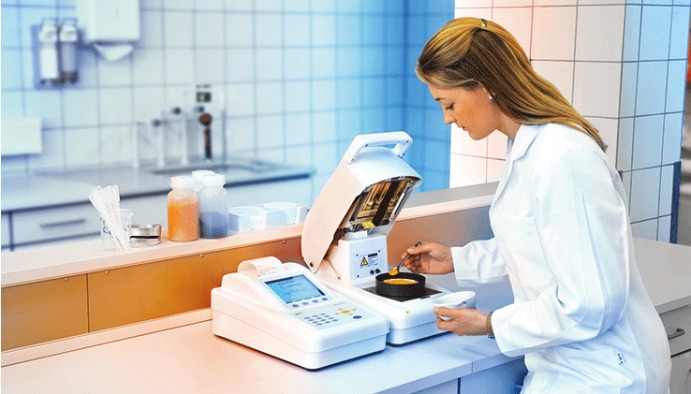
BLOG
KATEGORİDEKİ DİĞER YAZILAR

One of the most basic and important analyzes in food products is the determination of the amount of water. After removing water from the food product, “total dry matter” remains. The amount of dry matter in a food product is inversely proportional to the water content. As the water content increases, the moisture content in the food decreases.
Moisture and volatile matter measurements are also particularly important for determining the shelf life of foodstuffs. As the moisture content in the food increases, microorganism activity also increases. At the same time, chemical events such as nonenzymatic (non-enzymatic) browning reactions take place.
In food products, the most commonly used methods are oven drying, infrared drying and distillation (for substances containing essential oils). Only substances such as spices lose some of their own weight as well as water in moisture determination by oven drying or infrared drying. Distillation is therefore used differently.
The determination of the amount of moisture and volatile matter is based on the principle of heating the foodstuffs at 105 oC and calculating the loss by ensuring that the moisture and volatile matter are completely removed from the product. Moisture in foods is found in 3 different ways.
Nanolab Laboratories Group continues to provide services within the scope of Moisture and Volatile Matter Analysis. We also provide services in the determination of nutrients.
Contact us for more information.
You can follow us on LinkedIn for up-to-date news and posts about our services.
Follow our Instagram account to be informed about our latest blog posts.